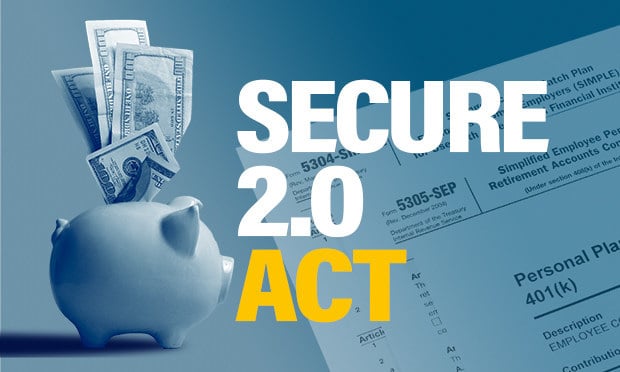Minorities, especially Latinos, are not saving enough for retirement and are less likely to be covered by an employer-sponsored retirement plan than white workers, according to a study by the National Institute on Retirement Security.
The study also found that minority households have substantially lower retirement savings balances than white households, even after controlling for age and income.
Nari Rhee, manager of research at NIRS and author of "Race and Retirement Insecurity in the United States," said that younger people from all backgrounds tend to have less access to retirement plans in the workplace and that there are some geographic differences, but "even at the same age, we are seeing racial disparities."
Continue Reading for Free
Register and gain access to:
- Breaking benefits news and analysis, on-site and via our newsletters and custom alerts
- Educational webcasts, white papers, and ebooks from industry thought leaders
- Critical converage of the property casualty insurance and financial advisory markets on our other ALM sites, PropertyCasualty360 and ThinkAdvisor
Already have an account? Sign In Now
© 2024 ALM Global, LLC, All Rights Reserved. Request academic re-use from www.copyright.com. All other uses, submit a request to [email protected]. For more information visit Asset & Logo Licensing.








